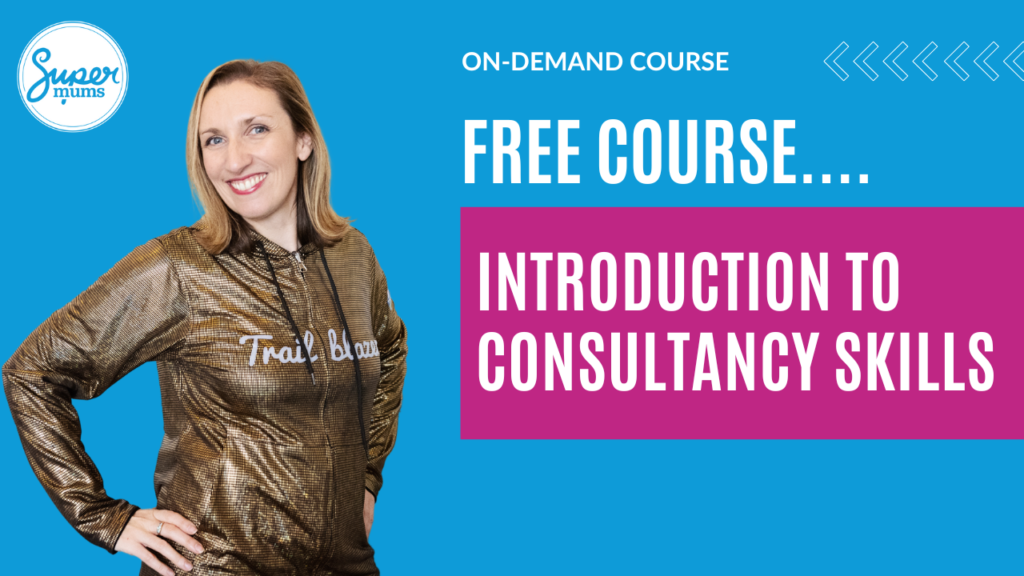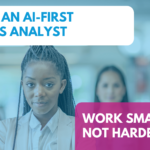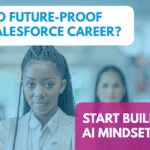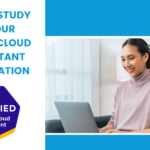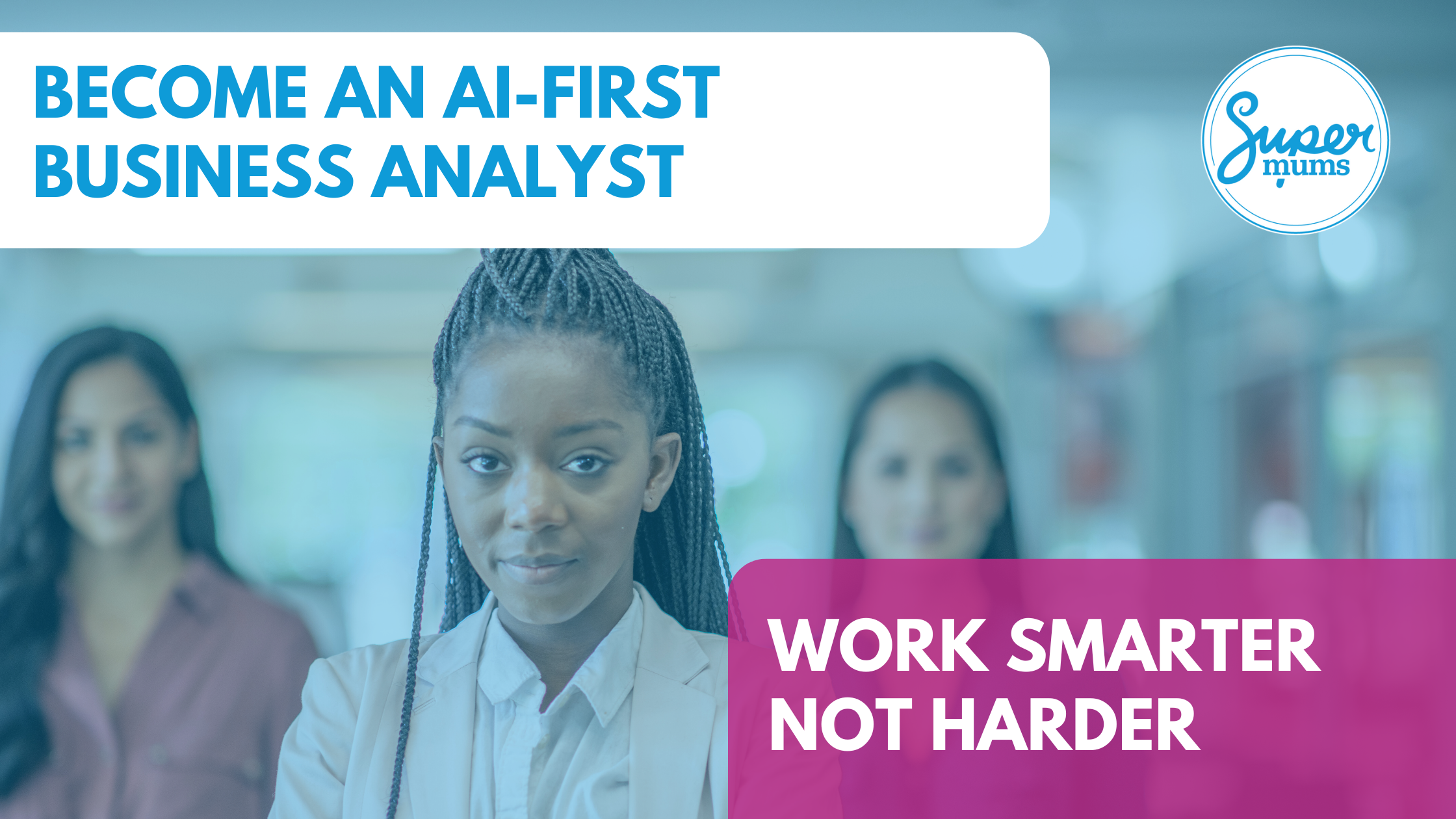Bridge the Gap – From Salesforce Admin to Consultant
By Heather Black

Do you feel ready to take the leap from Salesforce Admin to Consultant? What is the ideal – and what is the reality?
I started out as an Accidental Salesforce Admin back in 2010 and became a freelance Salesforce Consultant in 2012. Due to an increase in work I successfully grew a Salesforce Consultancy to support 350 clients with 700 projects winning the EMEA Partner of the Year Award and having a 60% repeat customer and referral rate.
I love helping people to upskill and become super Salesforce professionals – bridging the gap from Salesforce Admin to Consultant. I’ve written two best selling books and also run a Salesforce Consultancy Skills Course.
Can I help you double your salary as a Salesforce professional, starting at the bottom and working your way up? It’s possible to achieve all your ambitions by investing time in learning and development.
Let me tell you my story of how I bridged the gap from Salesforce Admin to Salesforce Consultant.

My story – From Salesforce Admin to Salesforce Consultant
I became an accidental Salesforce admin for a non-profit I was running back in 2010. I had sat with the free Salesforce licences for a couple of years, but I really had no idea of what Salesforce could do for me. It was only when another non-profit gave me a demo of how they used Salesforce that the lightbulb moment happened – that was it, I was sold. I was so excited about the future and I couldn’t wait to get started. Take note that it was this demo that made all the difference; seeing what was possible engaged and excited me about using it.
I enrolled onto the admin course, and I decided to build my own Salesforce system. I thought that surely I could do it myself – why would I need help? It was only a few weeks later that I also enrolled onto the Salesforce ‘Consultancy Skills’ course (sadly no longer available), and I learnt how to gather requirements and design, rather than build, a system. Low and behold, I had to completely rebuild my Salesforce system from scratch so that I could actually produce the reports and dashboards that I wanted, amongst other things. Thankfully, I hadn’t yet gone live with my Salesforce system with my end users. If I had, there might have been some bigger issues to resolve related to data, training and user adoption.
Once I got the model right, Salesforce was the living, beating heart of my business and it boosted my earning potential. I was able to extract valuable performance data from the system that enabled me to win more work, and I scaled my non-profit from £100k to £1.3m in a year. It was a rollercoaster of a ride as we went from four staff to forty, and I couldn’t have achieved or supported this growth without the capabilities of Salesforce. I was so impressed with how it could support my non-profit to manage all of the different aspects of the business, including my employees, that I decided I wanted to help other non-profits harness the power of Salesforce too. This whet my appetite to become a Salesforce consultant and to help other non- profits achieve growth.
When I decided to pursue this path, I was just thirty- three – so what did I think I was getting into, and why did I believe I could do it?
Let’s start with the job. I imagined it would involve:
- Talking through and redefining processes with teams
- Identifying what goals and indicators would define performance
- Understanding how technology could better enhance a team’s performance and well-being
- Figuring out and implementing technology solutions to meet the client’s needs
I believed I could do this because:
- I had completed the Admin, Advanced Admin and Consultancy Skills Salesforce courses (the latter they no longer teach, but I cover the content in the Supermums Consultancy Skills course)
- I had worked as a hands-on Salesforce admin on my own Salesforce system for two years
- I had run a business and was a qualified business coach. I had coached entrepreneurs for several years, asking them questions to improve their processes, strategies and goals
I decided to focus on working with other non-profits, as it was a sector I knew well and felt passionate about, having run a non-profit myself for seven years and supported others doing the same previously.
I then investigated what new skills I might need to learn by looking at other people’s credentials and decided I would need to invest in further training to help me upskill.
There were a few things I felt unsure about in my early days as a Salesforce consultant.
First, how to gather and document requirements in the ‘proper’ way to share with stakeholders. This led me to learn about formal business analysis skills. I had not heard of this term before, but I invested in a four-week course and I was blown away. I loved it. Much of it felt familiar, due to my business coaching background, but it gave me the tools, methodology and templates to gather requirements and document things properly, rather than just ask random questions.
Second, I was unsure how to manage Customer Relationship Management (CRM) and digital transformation projects properly. It was clear to see early on that the ‘wish list’ of requirements from clients was not well-defined upfront, so how I could estimate a cost for implementation? Alternatively, it would be immediately obvious that their budget would not cover everything that they had identified during the business analysis stage – how would I deal with this? You want to please clients, so it felt uncomfortable telling them that they could not have everything they wanted for their budget. I needed to know how to manage this situation.
This is when I learnt about Agile DSDM (the Dynamic System Development Method) project management. This is the commonly used method of agreeing a time and budget but being flexible on requirements, which is the norm for technical projects. It gave me the project management framework I needed to manage clients successfully.
The next thing I needed to get my head around was how best to facilitate negative reactions to a CRM system. I lived in my happy place, where everyone understood how wonderful Salesforce was, and would start the engagement with the executive sponsor who would be equally enthused about the changes to come. But when you get to meet the rest of the team, there are often a mix of different emotions and attitudes towards the pending new CRM, from anger to fear, upset, resentment and excitement.
How do you facilitate a group of managers and staff with so much mixed energy in the room?
As a Salesforce consultant, people look to you for reassurance and trust that the system will deliver. I wanted to know how to facilitate this change process in a positive and inspiring way, so I decided to do a course in change management. I realised that CRM projects were largely about guiding people on a journey of change. Only if you got the people engagement process right would you achieve the digital transformation that you were striving for. This change management course, alongside my coaching skills, gave me the knowledge and skills to deploy people strategies aligned to the culture of the organisation.
I also needed to know how to set clients up for success beyond my engagement as a consultant. I wanted clients to adopt the system and take ownership of it beyond my help, but how could I achieve this? I realised that there needed to be a risk appraisal at the outset to help clients understand the risks and help them mitigate these through a set of interventions.
- A simple example being, who would be their appointed Salesforce admin(s)?
- What training could they do to feel better equipped?
- And how could I get them engaged in the Salesforce Ohana and Trailhead?
A common pitfall is that no one takes up the mantel. I now have over twenty risks in my risk register and, sadly, a few clients where Salesforce was implemented but never adopted as some of these risks weren’t mitigated.
Navigating the road to success – From Salesforce Admin to Consultant
When you are equipped to handle the different challenges that might arise, you can feel empowered to deliver as a consultant. Otherwise, it can be stressful, intimidating and overwhelming. At the end of the day, a business is entrusting you with making a major change to how they work.
The consultancy role was what I imagined it to be, but it required confidence in myself and a careful orchestration of skills and capabilities to achieve the right results. When I started out, I was in my early thirties and quite often found myself consulting with a team of managers much older than me. I had to work hard to demonstrate my capacity and skills to convince them that I could deliver and to gain their trust.
It’s important to know that you will not get it right all the time. You will learn something new from every project you do, so reflect and do things differently next time by deploying new strategies and learning new techniques.
As a successful Salesforce consultant, you will be rewarded by:
- Transforming how an organisation uses digital tools to make it more efficient and profitable.
- Making business owners and teams much happier in their job roles.
- Helping people enter the wonderful world of the Salesforce Ohana.
It is a great job if you set yourself up for success. My book and Salesforce Consultancy Skills Course does just that.
Salesforce Consultancy Skills Course
If you plan to take responsibility for gathering requirements, engaging stakeholders in digital transformation and managing a Salesforce implementation professionally, then you will need an additional skill set beyond the Salesforce technical skills and certifications. This includes:
- Agile Project Management
- Business Analysis
- Change Management
- NLP Coaching
The Supermums Consultancy Skills Course offers templates, tools, training in how to set yourself up for success. Click here to find out more about the full course.
Check out the FREE Introductory course below to get a flavour of what the course covers and learn some of the basics.
Written By:
Subscribe To Our Weekly Top Tip Bulletin
Get Updates And Learn From The Best

